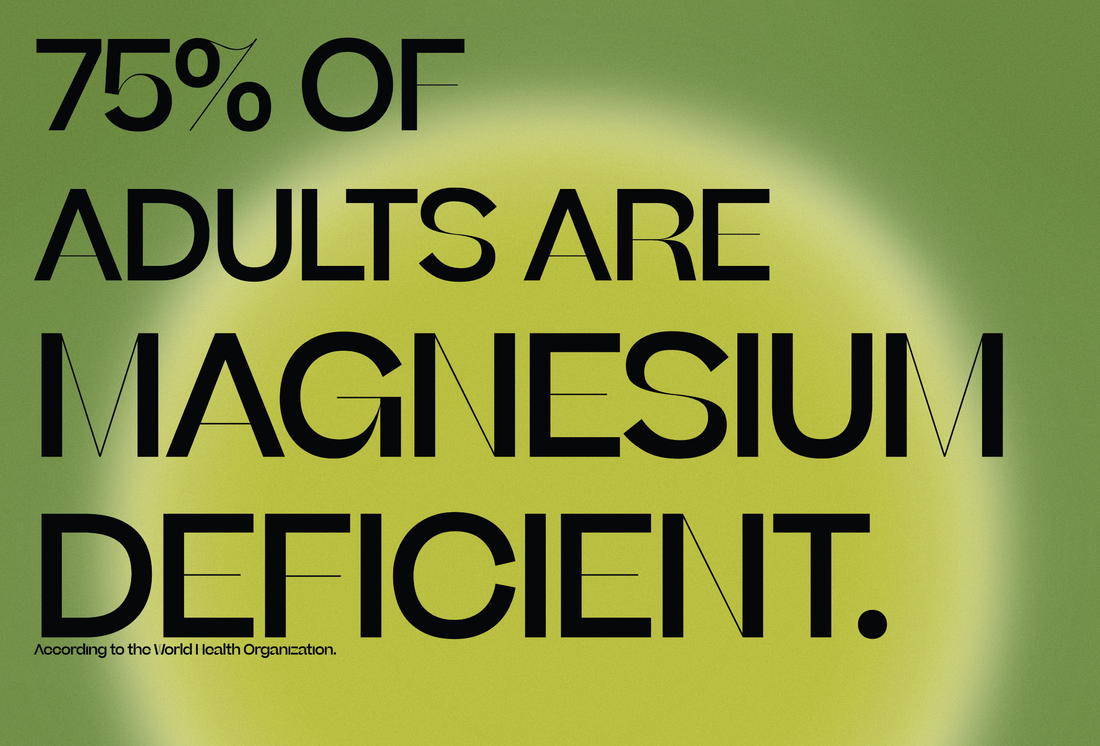Magnesium: An Essential Mineral Used By Every Nerve
Every nerve in the human body uses magnesium to communicate across nerve pathways. Magnesium is an essential mineral to the human body, facilitating hundreds of biochemical reactions. Physiological processes that are constantly happening, such as the production of energy, hormone regulation, and vital muscle functions, happen more optimally with magnesium’s presence.
Identifying a magnesium deficiency isn’t always clear cut. As magnesium is necessary for nerve communication and muscle function, low levels of magnesium can cause a body to go haywire. In one way, most health problems are made worse by the absence of proper magnesium stores. On another stroke, many health problems may simply display in the body with the same symptoms as low magnesium. In short, a magnesium deficiency could easily be misdiagnosed as, or quickly exacerbate, another health issue.
Magnesium deficiency can manifest neurologically and metabolically, as well as in your muscular and cardiovascular systems. Neurological symptoms include anxiety, lethargy, behavioral changes, impaired memory, loss of appetite, nausea, and irritability. Metabolic symptoms include hyperglycemia, potassium deficiency, and calcium deficiency. Cramps, weakness, tremors, and muscle spasms are among musculature issues which could be caused by magnesium deficiency. Cardiovascular impacts of low mag could include an irregular or rapid heartbeat. Overall, magnesium deficiency creates a raw deal for the whole body.

Causes of magnesium deficiency might include stress, alcohol, excess sugar, over exercise, aging, excessive adrenaline production, and over-acidity. At least 75% of adults are magnesium deficient, according to the World Health Organization.
Restoring your magnesium levels may take patience. Depending on a person’s degree of deficiency, it could take three to six months to fully revive depleted magnesium stores. Replenishing the body with magnesium can be done so orally or topically.
Reducing Magnesium Deficiency Transdermally
If you’ve soaked in epsom salts or waded in a hot spring, you understand that transdermal absorption can be an effective way to soothe the body. Transdermal absorption happens best when the molecules of an active ingredient are small enough to slip into the skin. Luckily, magnesium molecules are less than 500 Daltons large (which is to say magnesium is super-super-tiny) and swiftly absorb into the skin.
Magnesium can be sprayed and massaged into sore areas like joints, or in absorbent areas like the armpits or bottoms of feet. Health benefits specific to transdermal application of magnesium include increased sleep, increased stress management, increased energy levels, reduced flare ups of eczema and psoriasis, and reduced aches and cramps.
Try our Magnesium Rose Body Mist!

Everyone’s body is a unique maze, reacting to stimuli in ways as individualized and subtle as the pattern of your finger print. These symptoms, causes, and manifestations of magnesium deficiency should not be used to self-diagnose. Listen to your body, take notes in a daily journal, and observe the delicate or drastic changes you feel when introducing magnesium into your routine.
This article is not intended to diagnose, treat, or cure disease.
